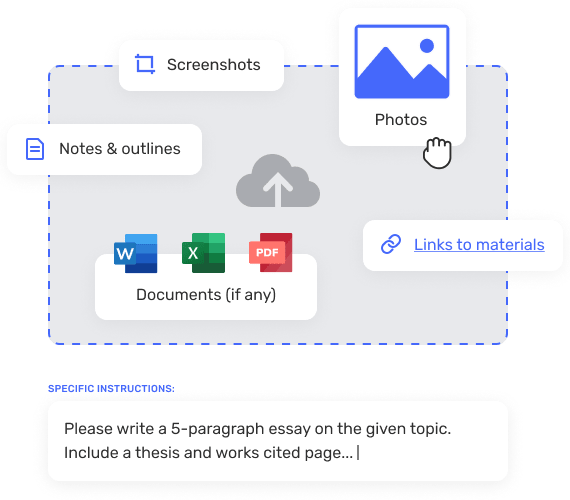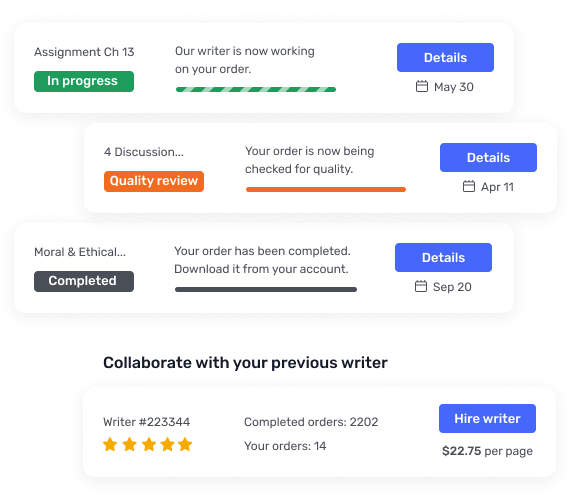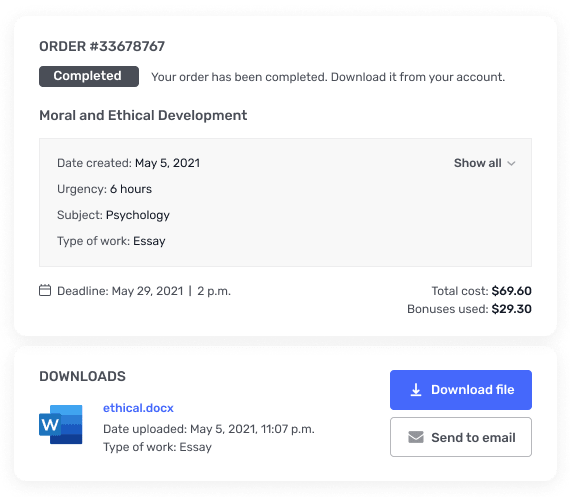EXPLORING MYTHS AND NARRATIVES
For this writing Assignment, you will be exploring myths and narratives. Myths often communicate the values, lessons, or beliefs of a culture. For example, Narcissus is so self-involved that he falls in love with his own reflection in the water. This leads to his death, because he will not leave himself behind. Lot’s wife, as noted in the text, perishes, because she does not trust and obey. These stories act as corrective tales to guide behavior.Popular stories might include folk tales, fairy tales, or fables. For example, in Aesop’s “The Shepherd Boy and the Wolf,” popularly known as “The Boy Who Cried Wolf,” the boy told the same lie three or four times about a wolf killing the sheep. When a wolf did threaten the lives of the sheep, no one believed him. Aesop reminds the reader, “There is no believing a liar, even when he speaks the truth” (Blair, E., Aesop, & Silverman, D. 2004).Blair, E., Aesop, & Silverman, D. (2004). The boy who cried wolf: a retelling of Aesop’s fable.Minneapolis, MN: Picture Window Books.Think of a story in your life or your culture that is frequently told, or commonly known, and communicates a corrective lesson. Be sure to select a story or narrative, and not a popular slogan, phrase shared in your own family, etc.; the selection must be a story or narrative. Think of stories which you have read, or been told, as a child; even tales such as the Tooth Fairy or Santa Claus would be suitable.This writing Assignment should include the following:Once you have selected the story or narrative, please provide an explanation of the story. Do not include the entire story; rather, summarize the story in your own words.Describe the moral or lesson of this particular story. What should the reader/listener learn from this particular narrative? Is this lesson effective in guiding an individual’s actions or beliefs?Explain the value of narratives or storytelling. Why might communicating a lesson in story format (oral or written form) be different than providing a set of rules to follow?Have fun with this Assignment! Feel free to choose a story or narrative passed down from generation to generation in your own family.Essay format:Each Assignment should include an introductory paragraph which introduces the narrative; supporting paragraphs; and a conclusion to summarize the analysis. Be sure to use and cite concepts from the text in this essay. Complete the project using the Unit 2 template in Doc Sharing.Word Count: This analysis should include at least 750 words.APA formatting:Incorporate APA citations throughout the analysis as well as a references section at the end of the analysis. (The references section does not count towards the required word count for the Unit 2 Assignment.) Review the APA quick reference guide on the left-hand sidebar under course home for APA formatting guidelines.Reference for family story:Last name, title, family story.CLA assessment: This unit 2 Assignment corresponds to the CLA rubric for HU300-01; please review the CLA rubrics document available under Course Home.Unit 2 Assignment Rubric: Narratives and MythsGrade:Grading CriteriaA: 108-120 points· Assignment demonstrates ability to express and evaluate narratives.· Assignment explains the purpose of narratives and the moral of the selected narrative· Assignment uses vocabulary terms from the unit and incorporates APA formatting. · Assignment is clearly written. · Assignment meets posted length requirements.B: 96-107.9 points· Assignment demonstrates ability to express and evaluate narratives.· Assignment partially explains the purpose of narratives and the moral of the selected narrative· Assignment uses some vocabulary terms from the unit and partially incorporates APA formatting.· Assignment is mostly clearly written.· Assignment partially meets posted length requirements.C: 84-95.9 points· Assignment demonstrates some ability to express and evaluate narratives· Assignment makes vague points about the purpose of narratives and the moral of the selected narrative· Assignments lacks use of vocabulary terms and/ or thorough APA formatting.· Assignment has several mechanical or stylistic errors.· Assignment does not meet posted length requirements.D: 72-83.9 points· Assignment is only partially on topic, lacks originality, and lacks a significant contribution to the discussion of narratives· Assignment makes little or no references to key Assignment questions and terms.· Assignment has several mechanical or stylistic errors, including errors or missing APA formatting.· Assignment does not meet posted length requirements.F: 0 – 71.9 points· Assignment is off topic and lacks originality.· Assignment makes little or no references to unit material and key Assignment questions.· Assignment has several mechanical or stylistic errors.· Assignment does not meet posted length requirements .· Assignment is abusive, inappropriate, or plagiarized.




